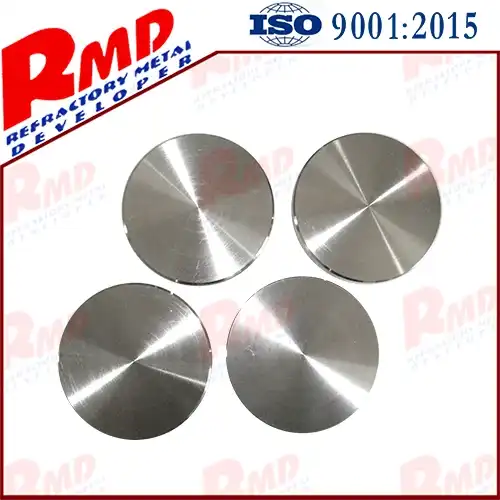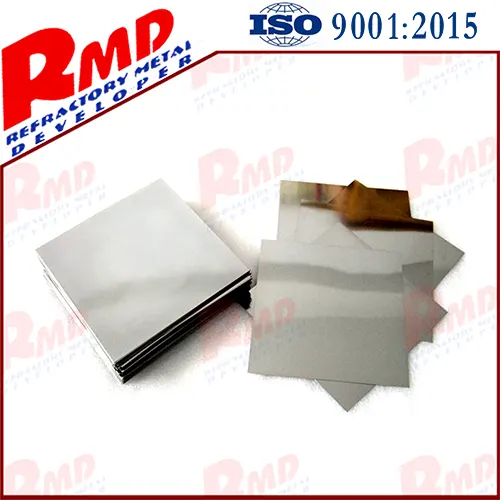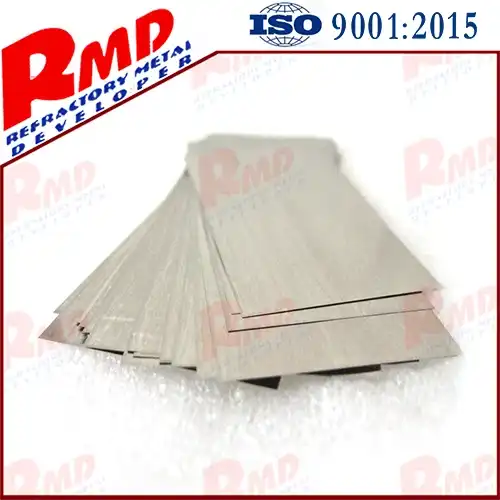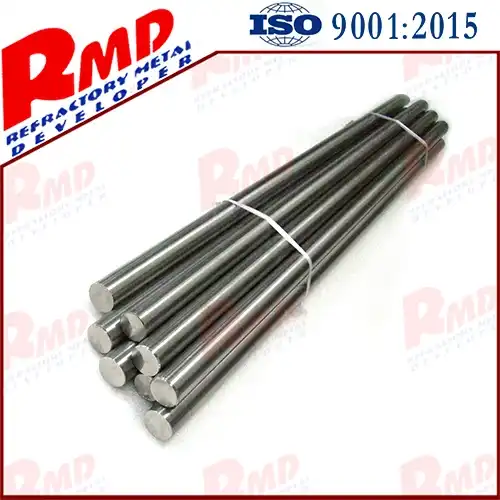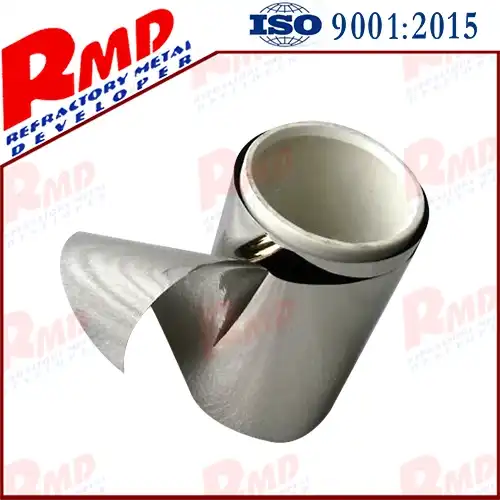- English
- French
- German
- Portuguese
- Spanish
- Russian
- Japanese
- Korean
- Arabic
- Greek
- German
- Turkish
- Italian
- Danish
- Romanian
- Indonesian
- Czech
- Afrikaans
- Swedish
- Polish
- Basque
- Catalan
- Esperanto
- Hindi
- Lao
- Albanian
- Amharic
- Armenian
- Azerbaijani
- Belarusian
- Bengali
- Bosnian
- Bulgarian
- Cebuano
- Chichewa
- Corsican
- Croatian
- Dutch
- Estonian
- Filipino
- Finnish
- Frisian
- Galician
- Georgian
- Gujarati
- Haitian
- Hausa
- Hawaiian
- Hebrew
- Hmong
- Hungarian
- Icelandic
- Igbo
- Javanese
- Kannada
- Kazakh
- Khmer
- Kurdish
- Kyrgyz
- Latin
- Latvian
- Lithuanian
- Luxembou..
- Macedonian
- Malagasy
- Malay
- Malayalam
- Maltese
- Maori
- Marathi
- Mongolian
- Burmese
- Nepali
- Norwegian
- Pashto
- Persian
- Punjabi
- Serbian
- Sesotho
- Sinhala
- Slovak
- Slovenian
- Somali
- Samoan
- Scots Gaelic
- Shona
- Sindhi
- Sundanese
- Swahili
- Tajik
- Tamil
- Telugu
- Thai
- Ukrainian
- Urdu
- Uzbek
- Vietnamese
- Welsh
- Xhosa
- Yiddish
- Yoruba
- Zulu
Preparation Process Of High-Purity Tantalum Sputtering Target Material-Powder Metallurgy Method
2024-01-05 18:00:06
The methods for preparing high-purity tantalum targets by powder metallurgy mainly include hot pressing, hot isostatic pressing, cold isostatic pressing and vacuum sintering, etc. The process flow is: raw material → film → cold isostatic pressing → vacuum sintering → rolling → Annealing →machining →finished product, or directly after hot isostatic pressing to obtain the finished product.
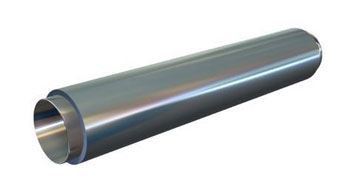
In terms of raw material selection, due to the high oxygen content of tantalum powder, which exceeds 1000μg/g, the vacuum sintering ability to deoxidize is limited. Therefore, the key to this method is to select high-purity, ultra-fine powder as raw material and rapid densification. Sintering technology to ensure low porosity of the target material, and the preparation process strictly controls the introduction of impurity elements. Studies have proposed that by nitriding the surface of metal powder, tantalum powder with an oxygen content of less than 300μg/g and a nitrogen content of less than 10μg/g can be obtained, and then loaded into the mold, and then subjected to cold pressing and hot isostatic pressing Molding or other sintering methods can obtain tantalum targets with purity above 99.95%, average grain size less than 50μm, even 10μm, random texture, and uniform texture on the surface and thickness of the target. For example, the literature points out that the tantalum target prepared by the powder smelting method has a grain size of less than 60 μm and a dense structure, in which the (100) texture is 7.25%, the (110) texture is 13.9%, and the (111) texture is 21.7%. The three texture components are relatively consistent, and the (111) texture is not dominant, which meets the sputtering requirements.
Isostatic pressing is to place the sample to be pressed in a high-pressure container, and use the incompressible property of the liquid medium and the property of uniform pressure transmission to uniformly pressurize the sample from all directions, so that the force of the tantalum powder in all directions is uniform. So as to ensure the consistency of the internal structure of the tantalum blank. Then the billet is vacuum sintered. By limiting the degree of vacuum, temperature and time, the impurities in the tantalum billet can be volatilized to the maximum, the original pores disappear, and a denser and higher purity billet is obtained, with a relative density of 99.65%. . The unique feature of powder metallurgy is that the powder is pressed into a block by mechanical external force, and then through sintering, the mechanical bond between the pressed powder particles becomes a metal bond, and it becomes a metal raw material. In this process, the original powder the small grain size and the small degree of grain growth during the sintering process make the grain size of the billet much smaller than the grain size of the smelting and casting ingot, which can ensure that the grain size is less than 60 μm. At the same time, the billet prepared by the powder smelting method has a uniform structure due to the consistent forming conditions at all positions of the billet, which is far better than the melting structure. The purpose of pressure processing in the later stage is only for forming. There is only one pressure processing process by rolling, which has little effect on the texture. Therefore, the three texture components (100), (111) and (110) can be obtained uniformly. There is no tantalum target with strong (111) texture. However, the current gas impurity content control is still difficult.
